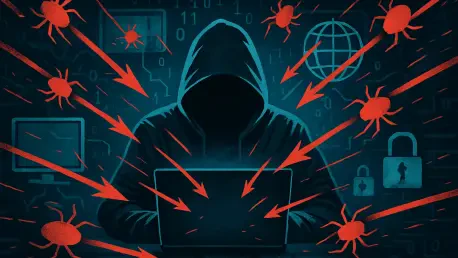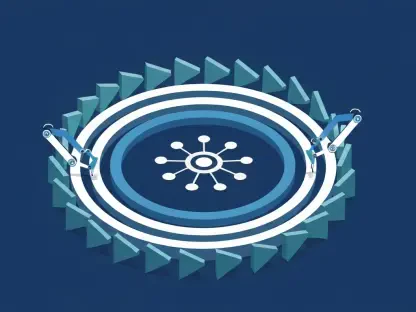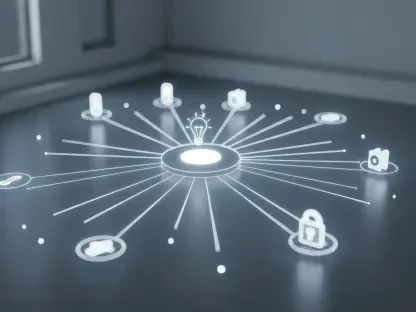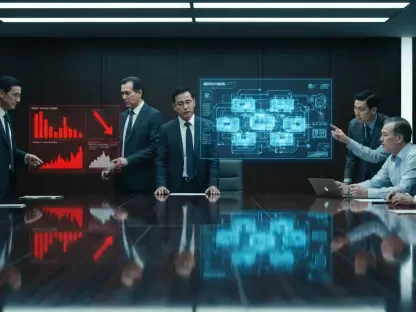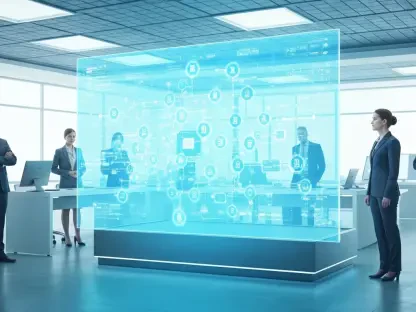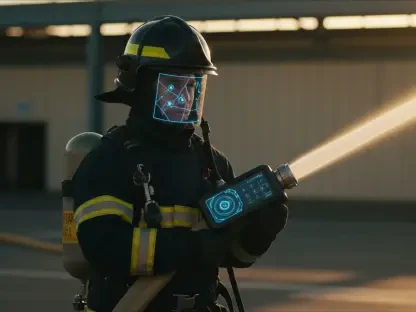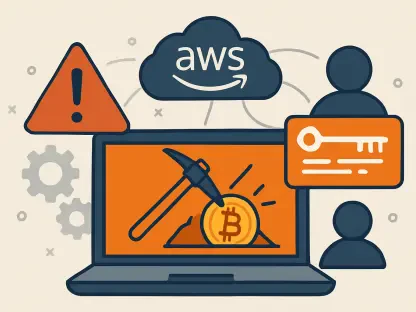Amid the relentless conflict in Gaza, a less visible but deeply damaging strategy has come to light: the systematic targeting of internet and telecommunications infrastructure by Israeli forces, severing digital lifelines for nearly two years. This has isolated millions of Palestinians from the global community and worsened an already severe humanitarian crisis. Detailed reports highlight that this is not mere collateral damage but a calculated move to stifle communication, hinder media exposure, and disrupt critical aid efforts. The destruction of fiber optic cables, transmission stations, and other vital systems has created a digital blockade, compounding the physical siege on the region. This invisible weapon of war affects every facet of life, from emergency responses to education, leaving civilians in a state of enforced silence and vulnerability. As the struggle for connectivity becomes a battle for survival, the profound implications of these disruptions demand closer examination.
Strategic Assault on Digital Connectivity
The targeting of Gaza’s internet infrastructure appears to be a deliberate military tactic aimed at controlling information flow. Israeli forces have repeatedly attacked key components such as communications hubs, antenna stations, and fiber optic lines that link Gaza to the outside world. These strikes often align with heightened military operations, suggesting a clear intent to obscure activities from international oversight. By dismantling these digital pathways, the ability of Palestinians to share their experiences or seek global support is severely limited. This enforced digital isolation serves as a barrier, preventing real-time documentation of events on the ground and limiting external awareness of the conflict’s true scope. The strategic nature of these attacks transforms connectivity into a battlefield, where access to information becomes as critical as access to food or shelter, shaping the narrative of the ongoing struggle in profound ways.
Beyond the physical destruction, the timing and selection of targets reveal a deeper objective of narrative suppression. Communications blackouts frequently coincide with significant military incursions, ensuring that critical moments go unreported. This calculated disruption targets not just infrastructure but the very ability of Gazans to communicate their reality. Journalists and civilians alike find themselves cut off during pivotal events, unable to transmit evidence or call for help. The resulting silence benefits those seeking to avoid scrutiny, as the absence of digital records limits accountability on a global stage. This tactic extends the conflict into the digital realm, where the loss of internet access becomes a tool to mute voices and erase stories that might otherwise influence international opinion or policy. The impact of such isolation resonates far beyond Gaza’s borders, affecting how the world perceives and responds to the crisis.
Devastating Ripple Effects Across Society
The consequences of internet disruptions in Gaza cascade through every layer of society, amplifying existing hardships. Humanitarian organizations face immense challenges in coordinating relief efforts when communications networks are severed. Without reliable connectivity, aid deliveries are delayed, and emergency responses become chaotic, often failing to reach those in desperate need. Hospitals, already strained by the conflict, suffer from the inability to receive timely updates or summon assistance for the wounded, leading to preventable losses. These outages transform a technical issue into a matter of life and death, deepening the humanitarian crisis with each passing day. The lack of digital tools strips away the efficiency needed to manage limited resources, leaving aid workers and medical professionals grappling with an invisible barrier that hinders their every move.
Education and economic stability also bear the brunt of this digital warfare, with long-term implications for Gaza’s future. Students, many of whom depend on online platforms for learning amid ongoing violence, are cut off from educational resources during frequent outages. This disruption worsens existing disparities, as access to modern devices remains limited for much of the population, further entrenching cycles of disadvantage. Economically, the collapse of electronic payment systems due to internet loss halts local markets, where cash scarcity already poses a significant challenge. Businesses and individuals struggle to conduct transactions, plunging families into deeper financial distress. The combined effect on education and the economy undermines any hope of recovery or resilience, as the tools needed to rebuild livelihoods and knowledge are systematically stripped away, leaving a population vulnerable to prolonged hardship.
Challenges in Restoring Digital Access
Restoring internet services in Gaza is a daunting task, fraught with logistical and bureaucratic obstacles that compound the crisis. Power outages and chronic fuel shortages cripple communications towers, which require consistent electricity or generator support to function. Even when resources are available, gaining access to damaged sites often depends on Israeli approval—a process that can stretch over days or weeks, delaying critical repairs. The scarcity of necessary equipment and materials, restricted by border controls, further hampers maintenance efforts, leaving infrastructure in a state of perpetual disrepair. These barriers create a vicious cycle where temporary fixes fail to address the scale of destruction, and the population remains disconnected from vital services. The logistical nightmare of restoration underscores how deeply embedded these disruptions are within the broader context of control and isolation.
Even when partial connectivity is achieved, the solutions fall short of meeting the overwhelming demand. In densely populated areas, swollen by waves of displacement, restored networks quickly become congested, leading to unreliable service and frequent interruptions. Temporary measures, such as eSIMs provided by certain initiatives or mobile communication stations, offer limited relief but are plagued by high costs, compatibility issues, and patchy coverage. These stopgap solutions cannot accommodate the needs of the majority, leaving most Gazans without access to the digital tools essential for communication, work, or safety. The inadequacy of these efforts highlights the systemic nature of the problem, where the destruction of infrastructure is not just a technical challenge but a deliberate barrier to normalcy. Until comprehensive rebuilding is possible, the digital divide in Gaza will continue to widen, perpetuating isolation and suffering.
Reflecting on a Path Forward
Looking back, the deliberate targeting of internet infrastructure in Gaza by Israeli forces stood as a stark reminder of how digital access could be weaponized in conflict. The systematic destruction of communications networks, from fiber optic cables to transmission towers, had isolated millions, silencing their voices and deepening an already catastrophic humanitarian situation. Media coverage was stifled, aid efforts faltered, and education along with economic stability crumbled under the weight of relentless outages. The logistical hurdles of power shortages and restricted access had only entrenched this crisis, rendering temporary fixes insufficient against the scale of devastation. Moving forward, addressing this issue demands international attention and innovative approaches to rebuild connectivity. Advocacy for unrestricted access to repair sites, alongside investment in resilient infrastructure, could offer a starting point. Ensuring digital rights as human rights must become a priority, paving the way for Gaza’s reconnection with the world and a chance at recovery.
